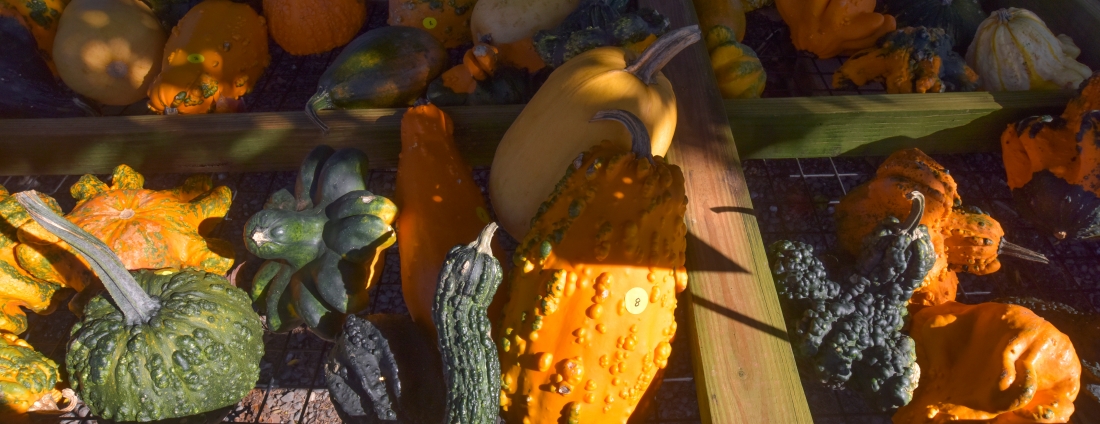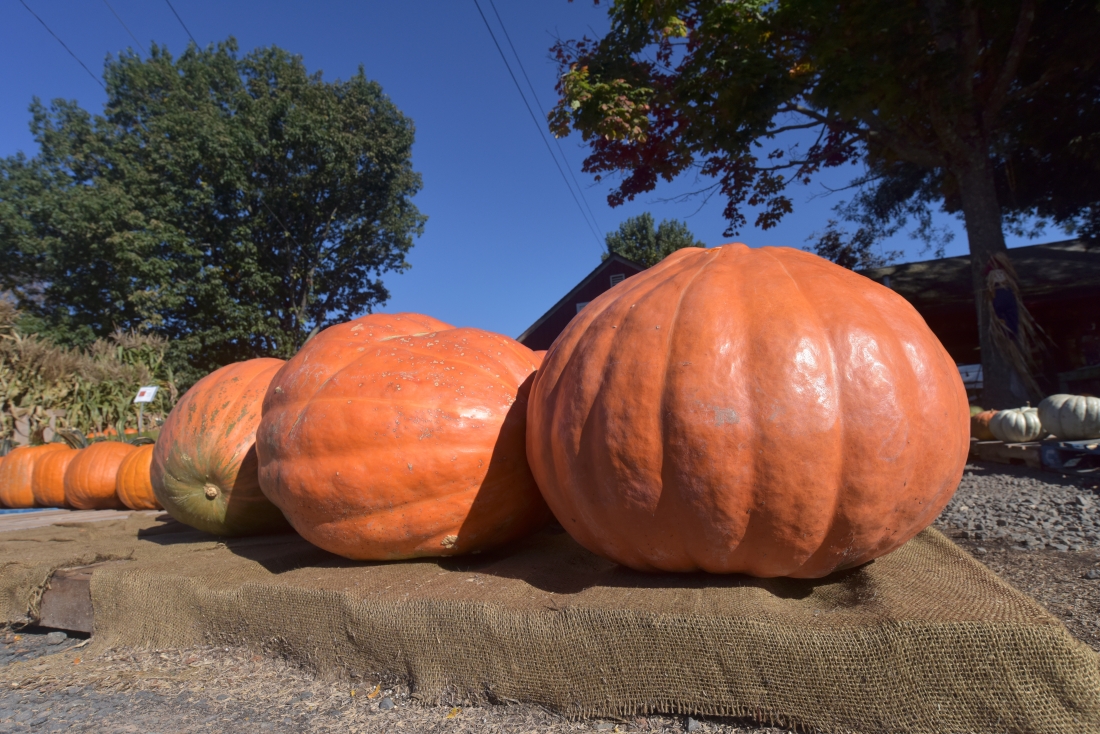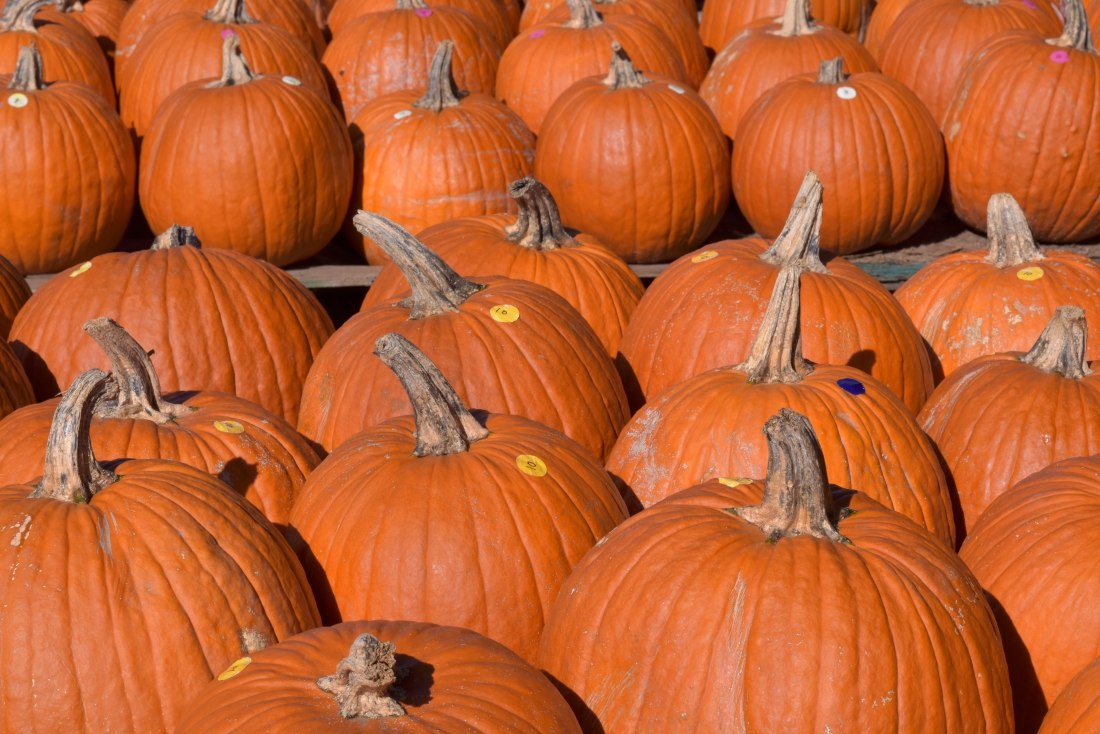While Halloween 2020 is likely to be unlike any recent celebration, the holiday is nonetheless on its way, and many Americans prepare to welcome this peculiar holiday — a mix of Christian and pagan rituals — by stocking up on candy, buying or making costumes, snapping up scarecrows for their stoops, stringing lights and cobwebs, floating white sheet ghosts from trees, devising frightful surprises for gatherings of youngsters, and grabbing some of the 1.5 billion pounds of pumpkins that will be grown in the U.S. this year.
But what might say “Halloween” even more than a Jack-O-Lantern?
Witches, of course.

Feared and persecuted for centuries, the poor witch was (or is) “believed to accompany the malignant spirits as they traveled the earth” — especially on Halloween — which is why for hundreds of years, people have had their homes (and themselves) blessed by the church in defense. Witches are thought to cast dark magic to cause everything from crop failures to infertility and premature death, and so many people look to the clergy to even the playing field.
~

Dressing up for the holiday
- Orange pumpkin for the front stoop: $10 …
- Costume for the party (and sometimes it’s a witch costume): $25 …
- Candy to hand out to Trick Or Treaters: $20 …
- Scarecrow to hang on the door: $15 …
… And so on, up to the $9.1 billion that Investopedia estimates will be spent on Halloween this year, just in the U.S. The per-person spending estimates round off around the $70 apiece that South University expects many Americans to spend on Halloween this year, although a recent Harris poll offers a bit more detail to our Halloween spending habits:
- Millenials are expected to spend $183 apiece on candy, costumes, decorations and such.
- Generation X’ers are expected to spend about $70 apiece.
- Baby boomers, like me, are getting cheap — and are expected to spend just $23 apiece, perhaps just enough to cover the evening’s candy. (This may also be because they have stocked up on Halloween accessories over the years, so don’t have to buy new ones now.)
As Halloween creeps closer (less than 2 weeks away, now), candy inventories have boomed in stores, bagged costumes have proliferated in retail outlets and at online sources, scarecrows of many sizes have been hopping off store shelves, and those ubiquitous gourds – pumpkin and otherwise – are finding their way to American homes from such places as Garden’s Dream Farm on Main Street in Cromwell, Conn., where the variety of gourds is sure to tempt DIY holiday designers — and where most of the photographs in this post were made. America’s consumer economy grinds on with a once-pagan-celebration-turned-fright-night.
~
But what about the witches. Are there really witches?
To paraphrase Dylan Thomas, there are always witches at Halloween. And they can cause the same mayhem they always have, at least according to myths that remain active to this day.
In medieval Europe, witches (usually women) were accused – alone or in groups – of casting hideous spells. They were convicted of witchcraft and killed in staggering numbers, beginning perhaps as early as the 1300s, continuing well through the 1700s. Witches were suspected of gathering in cultish groups with dark sorcery on their minds, when in fact the groups were often simply communities of women uniting to meet the reproductive and emotional needs of women at large. But those groups — and the medical skills the women used — threatened the patriarchical leadership, so groups of men formed and institutionalized medicine and the law in a way that prohibited women from participating. The women’s groups were banned and their members were pursued, accused of sorcery and magic, and killed. Many women were convicted as witches on the “evidence” of having made pacts – written or otherwise – with Satan. Many others were accused of using magical power to disrupt the peace of other residents of their towns. Estimates of how many women were killed as witches vary enormously, but range from 1.6 million to nearly 9 million, over several centuries.)

While the anti-witch purges throughout medieval Europe may not be widely known on this continent, it’s likely that plenty of Americans have heard of the heart-wrenching, anti-witch purge we call the Salem Witch Trials. From February 1692 until May 1693, some 200 women (and men) were accused of witchcraft – usually accused of assailing other members of the Salem community, causing fits and the like. Nineteen of the convicted were executed by various grizzly methods. Many of the others were incarcerated — some for as long as a year — and were only freed when colonial Governor William Phips’s own wife was “called out” — a component of accusation — and the very same governor who had established the court that tried sorcery accusations, disbanded the court and freed everyone from jail.
In Salem, one of the women accused was Sarah Pease.
On Monday, May 23, 1692 — when Sarah’s husband, Robert, would have been about 64 and Sarah would have been about 57 — she was boldly and publicly accused of “sundry acts of Witchcraft committed on the bodys of Mary Warren, Abigaile Williams and Eliz Hubbard.” It was said that she gave them fits, just by being nearby. She was arrested and jailed that day.
The following day was set aside for the proceedings, which were recorded by Nathaniel Cary of Charlestown, Mass. Cary and his wife had come to observe court in action, and to face Mrs. Cary’s accuser — the self-same Abigail Williams. Cary writes (in George L. Burr., ed., Narratives of the Witchcraft Cases, 1648-1706 (New York: C. Scribner’s Sons, 1914; reprinted., New York: Barnes and Noble, 1946) of the prisoners, one of whom is believed to have been Sarah Pease:
“The prisoners were called in one by one, and as they came in were cried out of, etc. The prisoner was placed about 7 or 8 foot from the Justices, and the Accusers between the Justices and them; the Prisoner was ordered to stand right before the Justices, with an Officer appointed to hold each hand, least they should therewith afflict them, and the Prisoners Eyes must be constantly on the Justices; for if they look’d on the afflicted, they would either fall into their Fits, or cry out of being hurt by them; after Examination of the Prisoners, who it was afflicted these Girls, etc., they were put upon saying the Lords Prayer, as a tryal of their guilt; after the afflicted seem’d to be out of their Fits, they would look steadfastly on some one person, and frequently not speak; and then the Justices said they were struck dumb, and after a little time would speak again; then the Justices said to the Accusers, ‘Which of you will go and touch the Prisoner at the Bar?’ Then the most couragious would adventure, but before they made three steps would ordinarily fall down as in a Fit; the Justices ordered that they should be taken up and carried to the Prisoner, that she might touch them; and as soon as they were touched by the accused, the Justices would say, they are well, before I could discern any alteration …”
Sarah Pease was convicted, and was jailed from May 1692 until May 1693. She would have been one of perhaps 100 or 200 witches jailed; by May 1692, the authorities were no longer executing those convicted of witchcraft.
Sarah, who spent a full year incarcerated for being a witch, is a member of my family, one of my New England ancestors: my 8th-great-grandmother. Born in Salem around 1635, she had married Robert Pease, who arrived in North America in 1634 aboard the sailing ship the Francis. Robert arrived with his father (also Robert), and his brother John and their grandmother, Margaret. He lived briefly on Martha’s Vineyard, off the coast of Cape Cod. By the time he was in his mid-40s, Robert lived in Salem and was fighting with the Salem Company in King Philip’s War — the war fought among colonists and native communities. And before much more time had passed, Sarah was in jail, where she stayed for a solid year, before being liberated by the Colonial Governor.
~
By and large, the much-feared “evil” witch has become a modern Halloween (and Hollywood) cliche. According to the broad-brushed painting of female evil, she is usually not very attractive, typically has a telltale wart on her nose, is dressed in “evil” black garments, and cackles (a word seemingly reserved for witches and witch-like behavior) as she flies on her magical broom across the face of the full moon. Such are the costumes we wear to portray witches.

But then there are people like Sophie Saint Thomas, who counts herself among the real witches of the modern era. In an online article in “Allure,” she undertakes to dispel various myths — and spells out (forgive me) how magic and cauldrons really work. She writes, “It’s true that there is a beautiful history of women and witchcraft, in part because women have been historically silenced and have used witchcraft to tap into their power and subvert the system.”
Modern witches in developed nations – where Hogwarts is a household name – may stand quite apart from those who live and work in smaller, more remote, and less urbane communities. Many of these newest small-town witches — practicing ancient magic and sometimes accused of outright malfeasance — live in fear of the type of persecution that gripped Europe for so long, and later spread to the New World. In fact, there is a resurgence of witch hunts in sub-Saharan Africa – and they often target children, along with anyone who seems “different”: older single women, those who are disabled, who have albinism, and those who coincidentally seem to be pursued by misfortune or death. Thus, the conviction that witches are evil and must be eradicated continues, even in the 21st century.
It’s an age-old story: Women are the targets of the patriarchy, and too often pay horrible costs for having been born female. This Oct. 31, I’m siding with the witches.

Sarah Pease is my 8th great grandmother also. I guess we are cousins.
LikeLike
That’s fantastic! First time I’ve seen that, although there must be lots of us. Love your profile photo.
Best,
John
LikeLike